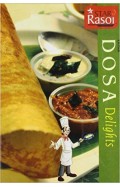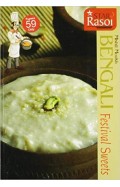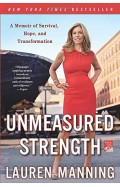- Home
- Art. Design and Architecture
- Tulips and Peacocks: William Morris and Art from the Islamic World
Tulips and Peacocks: William Morris and Art from the Islamic World
By: Rowan Bain
-
Rs 15,295.50
- Rs 16,995.00
- 10%
You save Rs 1,699.50.
Due to constant currency fluctuation, prices are subject to change with or without notice.
Tulips and Peacocks: William Morris and Art from the Islamic World
By: Rowan Bain
Rs 15,295.50 Rs 16,995.00 Ex Tax :Rs 15,295.50
Zubin Mehta: A Musical Journey (An Authorized Biography)
By: VOID - Bakhtiar K. Dadabhoy
Rs 892.50 Rs 1,050.00 Ex Tax :Rs 892.50
The Origins of Political Order From Prehuman Times to the French RevolutioN
By: Francis Fukuyama
Rs 4,045.50 Rs 4,495.00 Ex Tax :Rs 4,045.50
Manning Up: How the Rise of Women Has Turned Men into Boys
By: Kay Hymowitz
Rs 845.75 Rs 995.00 Ex Tax :Rs 845.75
The Obama Syndrome: Surrender At Home War Abroad
By: Tariq Ali
Rs 1,100.75 Rs 1,295.00 Ex Tax :Rs 1,100.75
The Quest For Meaning: Developing A Philosophy Of Pluralism
By: Tariq Ramadan
Rs 1,185.75 Rs 1,395.00 Ex Tax :Rs 1,185.75
No similar books from this author available at the moment.
Unmeasured Strength: My Story Of Survival And Transformation
By: Lauren Manning
Rs 1,647.50 Rs 3,295.00 Ex Tax :Rs 1,647.50
Zubin Mehta: A Musical Journey (An Authorized Biography)
By: VOID - Bakhtiar K. Dadabhoy
Rs 892.50 Rs 1,050.00 Ex Tax :Rs 892.50
Tulips and Peacocks: William Morris and Art from the Islamic World
By: Rowan Bain
Rs 15,295.50 Rs 16,995.00 Ex Tax :Rs 15,295.50














-120x187.jpg?q6)





-120x187.jpg?q6)








